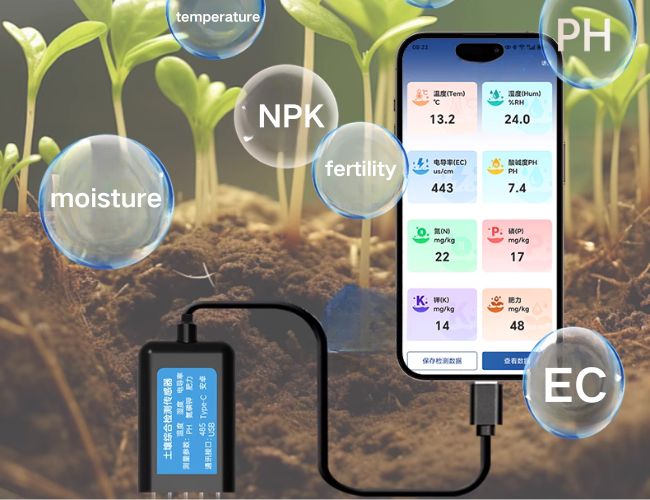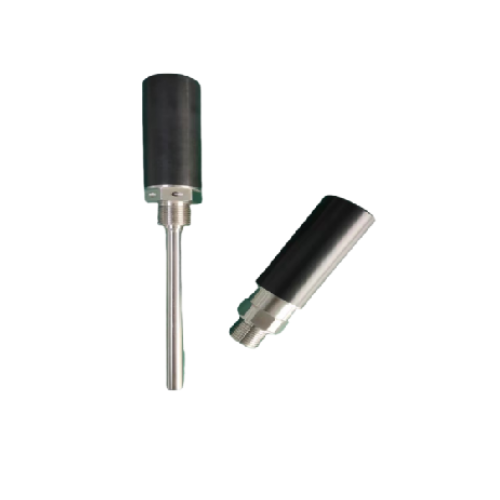Building automation systems and smart sensors are revolutionizing the way buildings are managed and operated. These technologies enable greater efficiency, energy savings, and control over various systems within a building.

Introduction to Smart Buildings and Building Automation Systems (BAS)
The landscape of modern construction is quickly changing with the advent of smart buildings. These state-of-the-art structures are designed to provide a seamless, efficient, and comfortable experience for occupants by leveraging technology, particularly a Building Automation System (BAS).
A BAS is a centralized, interlinked, network of hardware and software, which monitors and controls the environment in a building. This system manages the building’s operations including heating, ventilation, air-conditioning, lighting, security and other systems. It is designed to enhance building performance, reduce energy and maintenance costs, and provide a superior experience for the occupants.
More than just a trend, the incorporation of BAS in building design is a significant step towards achieving energy efficiency and sustainability. With the help of BAS, building operators can monitor and control the building’s operations remotely, optimizing comfort while minimizing energy consumption.
The Role of Internet of Things (IoT) in Smart Buildings
The Internet of Things (IoT) plays a pivotal role in the functioning of smart buildings. Through IoT, devices are interconnected on a network, allowing them to collect and exchange data. The application of IoT in smart buildings enhances the functionality of the BAS, resulting in a more efficient and intelligent building infrastructure.
The IoT enables devices in the BAS to communicate with each other and with the management system. This communication facilitates the optimization of system performance by allowing for real-time adjustments based on the data collected. For example, the lighting system can automatically adjust based on the natural light available, or the HVAC system can adapt to changes in room occupancy or temperature.
In essence, IoT not only provides the infrastructure that allows smart buildings to function, but it also enhances the capabilities of the BAS, resulting in a more efficient and responsive building environment.
Understanding Smart Sensors and Their Importance in BAS
Smart sensors are integral to the functioning of a building automation system. These sensors collect data about various environmental factors such as temperature, humidity, light intensity, motion, smoke, and other conditions. This data is then relayed to the BAS, which uses it to control various systems within the building.
Smart sensors are more advanced than traditional sensors. They can process and interpret the data they collect and make decisions about how to operate the systems they control. For instance, a smart sensor in an HVAC system can detect when a room is unoccupied and adjust the temperature to save energy.
The importance of smart sensors in a BAS cannot be overstated. They provide the data necessary for the BAS to function effectively and make intelligent decisions about the operation of a building. By providing accurate, real-time data, smart sensors allow for the optimization of building operations and the reduction of energy consumption and operational costs.
The Integration of BAS and Smart Sensors: How it Works
The integration of BAS and smart sensors is a crucial part of creating an intelligent building. The smart sensors collect data from the environment, which they send to the BAS. The BAS, in turn, uses this data to control the building’s systems and optimize operations.
The process begins with the smart sensors detecting changes in the environment. For example, a smart sensor in a conference room may detect that the room is unoccupied. This information is sent to the BAS, which then instructs the HVAC system to reduce the temperature in the room, thus saving energy.
This integration allows for a seamless and efficient control of the building’s systems. It enables real-time adjustments to be made based on the current conditions, resulting in energy savings and improved building performance.
Examples of Smart Building Solutions: How BAS and IoT Sensors Improve Efficiency
BAS and IoT sensors are being used in numerous ways to improve efficiency in smart buildings. One example is in lighting systems. Smart sensors can detect when a room is unoccupied and instruct the BAS to turn off the lights, resulting in significant energy savings.
Another example is in HVAC systems. Smart sensors can detect changes in temperature and occupancy and adjust the HVAC system accordingly. This not only ensures the comfort of the building’s occupants, but it also reduces energy consumption.
Yet another application is in security systems. Smart sensors can detect unusual activity and alert the BAS, which can then notify security personnel. This not only enhances the security of the building, but it also allows for more efficient use of security resources.
The Benefits of Smart Construction
Smart construction, which involves the integration of BAS and smart sensors, offers numerous benefits. Firstly, it significantly improves energy efficiency. By enabling real-time adjustments to building systems based on current conditions, smart construction reduces energy waste.
Secondly, smart construction enhances the comfort and productivity of building occupants. By ensuring optimal temperature, lighting, and ventilation, a smart building can create a more comfortable environment that promotes productivity.
Thirdly, smart construction reduces operational costs. By optimizing system performance and reducing energy waste, smart buildings can significantly lower operational expenses.
The Future of Smart Building Systems: Predictions and Trends
As technology continues to evolve, the future of smart building systems looks promising. One of the key trends is the increasing use of artificial intelligence (AI) in BAS. AI can analyze the vast amounts of data collected by smart sensors and make more accurate predictions about building operations, resulting in even greater efficiency.
Another trend is the growing emphasis on sustainability. As the world becomes more aware of the need for environmental conservation, the demand for energy-efficient smart buildings is likely to increase.
Furthermore, as the Internet of Things continues to expand, we can expect to see more interconnected devices in buildings, resulting in even more data for the BAS to analyze and use.
Challenges and Solutions in the Implementation of Smart Building Systems
Like any other technology, the implementation of smart building systems comes with its own challenges. One of the biggest is the high initial cost. However, the long-term savings in energy and operational costs can offset this expense.
Another challenge is the need for skilled personnel to manage and maintain the BAS. This can be addressed through training and the hiring of qualified staff.
Data security is also a concern, as smart buildings are potentially vulnerable to cyber attacks. This can be mitigated by implementing robust security measures and regular system updates.
How to Choose the Right BAS and Smart Sensors for Your Building
Choosing the right BAS and smart sensors for your building involves considering several factors. Firstly, you should consider the size and function of your building. Larger, more complex buildings may require more advanced systems.
Secondly, consider the cost of the system and the potential for energy and operational savings. While a more advanced system may be more expensive upfront, it may offer greater savings in the long run.
Lastly, consider the ease of use and maintenance of the system. A system that is easy to manage and maintain can save you time and resources in the long run.
Conclusion: The Revolution of Building Automation Systems and Smart Sensors
The revolution of building automation systems and smart sensors is transforming the way buildings are constructed and operated. By creating a seamless integration of systems and devices, BAS and smart sensors are creating buildings that are more efficient, comfortable, and sustainable.
While there are challenges to implementing these technologies, the potential benefits make them a worthwhile investment. As technology continues to advance, we can expect smart buildings to become the norm, leading us towards a future of more sustainable and efficient construction.




